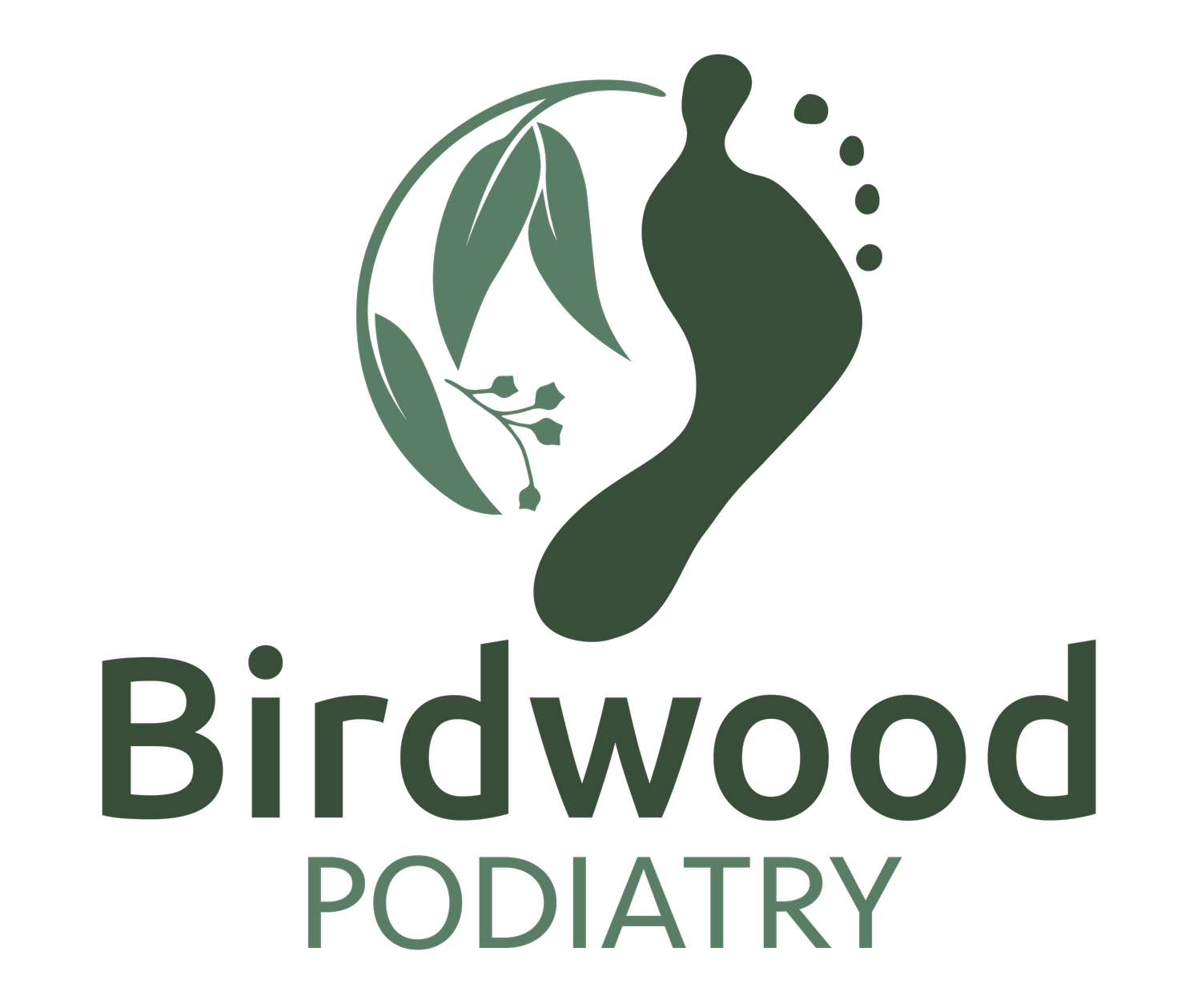Plantar Fasciitis
Tightness or a sharp pain the base of your heel?
You could have plantar fasciitis - read on for more info!
Have you recently returned from a beach holiday? Maybe you spent a week taking leisurely walks along the sand? Or, perhaps you have had a sudden burst of inspiration and you’ve been on your feet doing all of those things that have been on your ‘to do’ list for months. Maybe you’ve decided it’s time to get fit again and been heading to the gym each day? Helped a friend move house?
Now you have heel pain when you wake up in the morning, right?
There’s a good chance you’ve stumbled into the start of plantar fasciitis.
Once we reach middle life and our tissues aren’t as nimble as they once were, it is not uncommon for a sudden change in activity to lead to pain in the foot. The classic too much too soon. Often starting as a tightness through the arch of the foot, it can progress to being like a sharp stabbing pain in the base of the heel upon standing or taking your first steps in the morning. As you continue to move, the pain normally decreases. However, you may notice that it returns after long periods of standing or when you stand up after sitting.
So what is the Plantar Fascia?
There is a thick band of tissue (fascia) on the bottom of our feet. The tissue supports your foot in a fan shape from the heel to the base of each toe. When pushing off your big toe, the fascia tightens to raise the arch of the foot, making it more firm to push off, also absorbing shock as you walk forward. In terms of cause - There is no single cause of plantar fasciitis. Small tears caused by repeated strain or tension can inflame and irritate the tissue. Which is not ideal on a tissue that we use every single time we take a step.
Tight calf muscles, soft shoes, flat feet and an increase in body weight are just a few of the issues that may affect plantar fasciitis. Biomechanical issues leading to poor foot function can also trigger the condition. Fasciitis can stem from age related issues such as arthritis or it could be related to a sudden injury like stepping off a ladder.
You think you may have Plantar fasciitis…. now what?
The good news is that the body is great at healing itself! In its early stages it can be as simple as rolling your foot on a massage ball to stretch the fascia and begin its repair. It is important to see a podiatrist as soon as the pain starts. They can rule out other potential causes of the pain, and refer for ultrasound or xray where needed. Ensuring they can diagnose pain accurately and design a treatment and management plan to have you on the right path to a successful recovery.
It really goes without saying, but sensible footwear is a bit of a given. Shoes with some form of fastening like laces or straps are your best option for better overall arch support. That means you may have to put aside the ballet flats, slip-on Vans, or kicking around all day in your Ugg boots. Soft shoes and tight calves are extremely common causes of plantar fasciitis.
Many people say that wearing a heeled shoe helps their plantar fasciitis pain.Though, we wouldn't recommend getting out your 6 inch heels. Wearing high heeled shoes on a regular basis can eventually lead to plantar fasciitis. High heels create an uneven distribution of weight and force the arch of your foot into an unnatural position. The lack of support for your aches results in tightening and shortening of the Achilles tendon, putting the wearer at risk of developing plantar fasciitis. A history of achilles tendon injury or pain in the ball of your foot, may make you predisposed to plantar fasciitis.
Phil performing Shockwave Therapy to alleviate tight calf muscles
Treatment for plantar fasciitis will be dependent on your individual needs. We can offer a range of options from Orthotics to others that you may not have heard of such as Shockwave Therapy. Originally designed by orthopods and used in relation to joint replacements, it soon was discovered to be a useful therapy for soft tissue injuries. Don't worry! It's not an electric shock, as it sounds. Shockwave Therapy works by selecting a range of low or high high-energy shock waves to the injured tissue with a handheld device. The acoustic frequency of the shockwaves stimulates the body’s natural healing process by improving blood circulation and supporting new blood vessel creation.
Other lesser known treatment options for Plantar fasciitis that we offer are glucose prolotherapy and Dry Needling. Glucose Prolotherapy is another method to help get the healing process started again. Dry needling is often used for issues such Achilles tendonitis and Posterior tibial tendon dysfunction or Shin splints. Your podiatrist will be able to discuss with you the varied methods of treatment according to the cause of your injury, duration and severity. Sometimes the simple options are the most successful!
Phil Smith at Birdwood Podiatry in Springwood NSW in the beautiful Blue Mountains, is ready to assist in relieving Plantar Fasciitis for you and your family with his many years of knowledge and expertise. Make a booking online or call us today!


